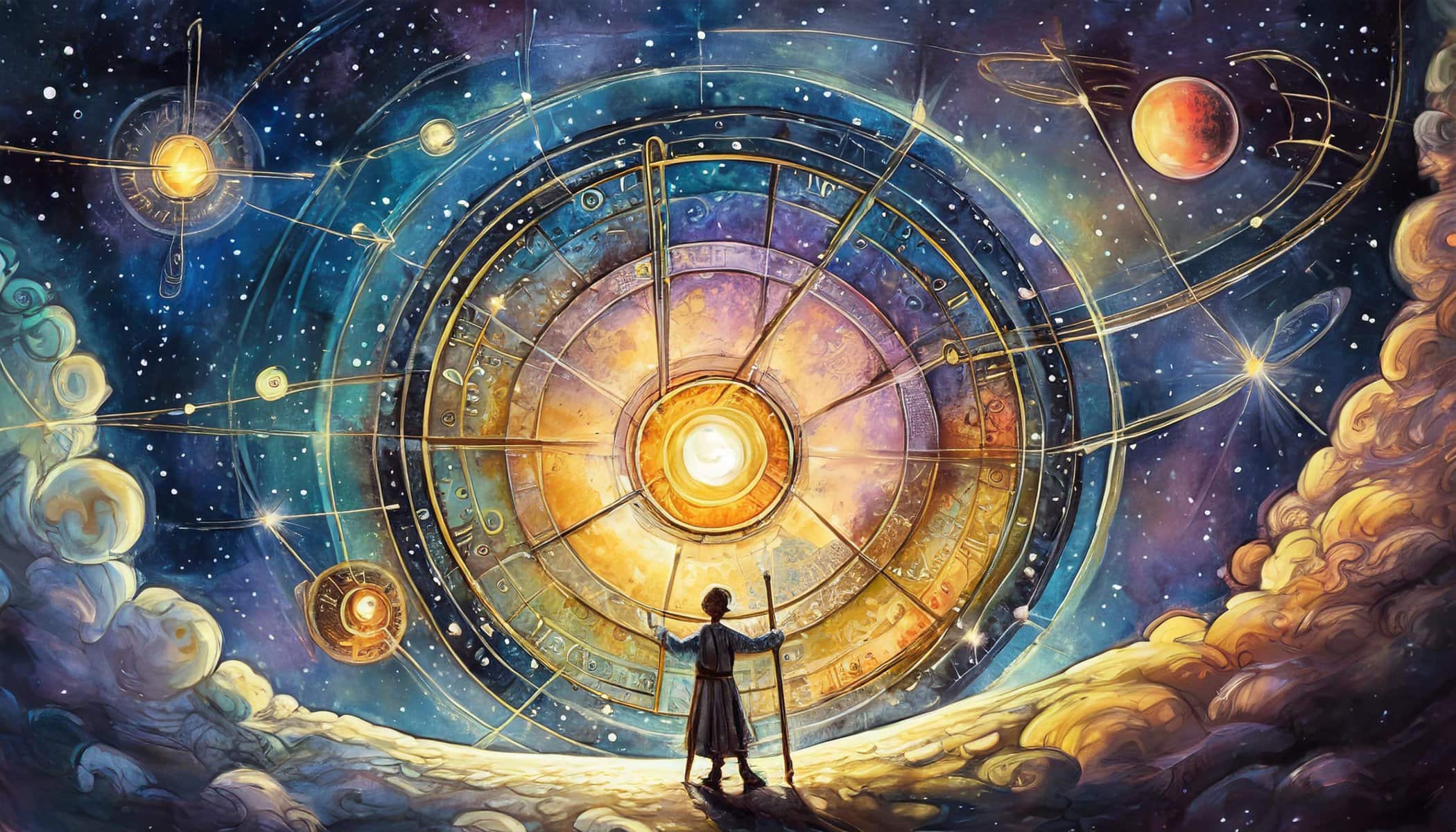Last week, in the first of this five-part series “Middle Land: worlds beyond our senses,” the focus was on the events surrounding the beginning of the universe.
This week, we switch to the subatomic world of particles.
The existence of the Higgs particle — what’s been called the God particle — was first proposed by Prof. Peter W. Higgs as the key particle which imparted mass to other particles.
Proof that it existed came in 2012 through the efforts of a large team of scientists and engineers employing the giant particle accelerator at CERN, the European Organization for Nuclear Research in Switzerland, and artificial intelligence to analyze the humongous amount of data generated by the studies.
Without the Higgs particle, there would be no mass in the universe, and without mass, no universe as we know it, and certainly, no life — that’s how key that discovery was.
Higgs and Francois Englert shared the Nobel Prize in 2013 for this work.
Then, a short time later, a Canadian, Arthur McDonald and Takaaki Kajita, from Japan, showed that neutrinos — tiny ephemeral particles, countless numbers of which, pass through us, and everything around us, every second — turned out to have mass, albeit not much.
This led to the granting of the Nobel Prize in physics to McDonald and Kajita in 1915.
Those triumphs in astronomy and physics illustrated the power of humans to extend the range of what we can see well beyond our senses, to cosmic and subatomic particle levels.
In 1900, astronomers thought the Milky Way was all there was, only to find out later that there were two billion galaxies, some very much larger than our Milky Way.
In short order, we learned that the universe was far from the static unchanging affair assumed by Isaac Newton and most astronomers and even physicists, including Albert Einstein.
It was, instead, expanding rapidly under the influence of an enigmatic force called dark energy.
That was followed in 2016 by evidence that there are trillions, not billions, of galaxies.
With the latter finding, the odds increased considerably that life exists elsewhere in the universe, well beyond the few thousand potentially habitable planets found in our small corner of the Milky Way.
Then, there’s the whole question of time. Is time fixed or relative?
In the world we inhabit day-to-day, time marches forward in a highly predictable fashion, measured out in the wristwatches we wear and the clocks we use in our homes, offices and cars. And so it was in Newton’s world.
Everything changed, however, in 1905 when Einstein made his startling proposal that although the speed of light is fixed, time is not.
He showed, counter to all our experience and intuition, that time is not fixed – time is relative to the speed with which we travel.
True, whirling about the Earth at thousands of miles an hour in the space station for several weeks may shave a few seconds off your age relative to your Earth-bound colleagues.
But there was little sense that such minuscule changes might be important in our daily lives.
We were wrong.
The fact that time is relative to speed (and mass) is important for those who use GPS navigation systems where precision depends on taking into account the relative speeds and precise timing of signals from the several satellites on which GPS calculations depend for their accuracy.
Next: The beginnings of life, evolution and genetics.
Dr. William Brown is a professor of neurology at McMaster University and co-founder of the Infohealth series at the Niagara-on-the-Lake Public Library.










